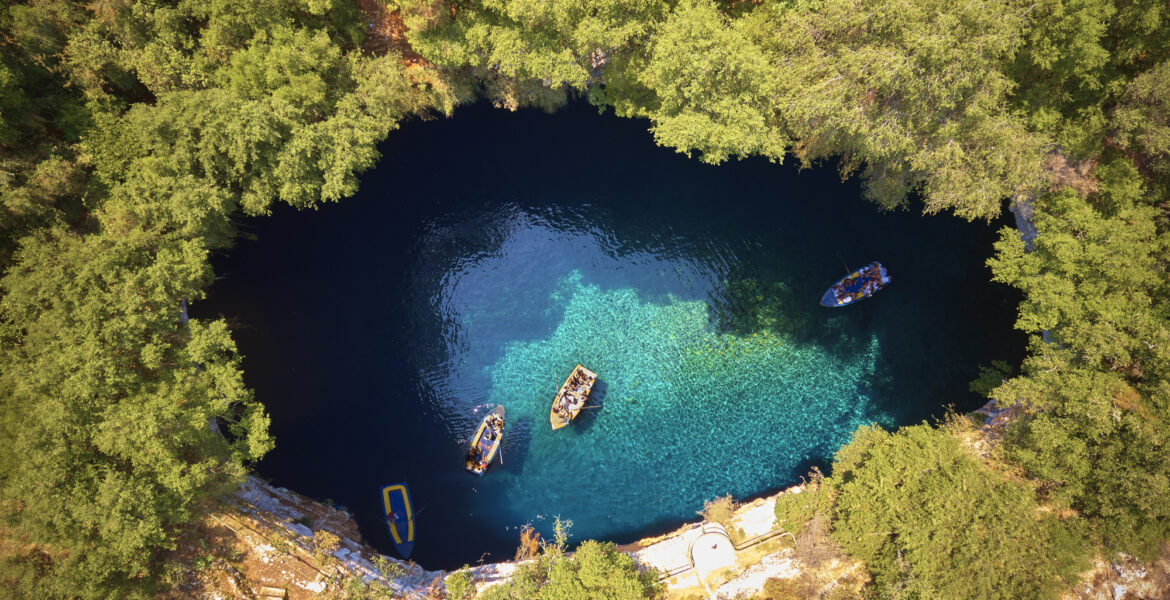There are so many reasons to visit the beloved Ionian island in spring.
Kefalonia is the gem of the Ionian Sea that, thanks to its turbulent history and the movie Captain Corelli's Mandolin, has become known far and wide.
The island has much to offer to those who visit and let themselves open to its magic.
Argostoli
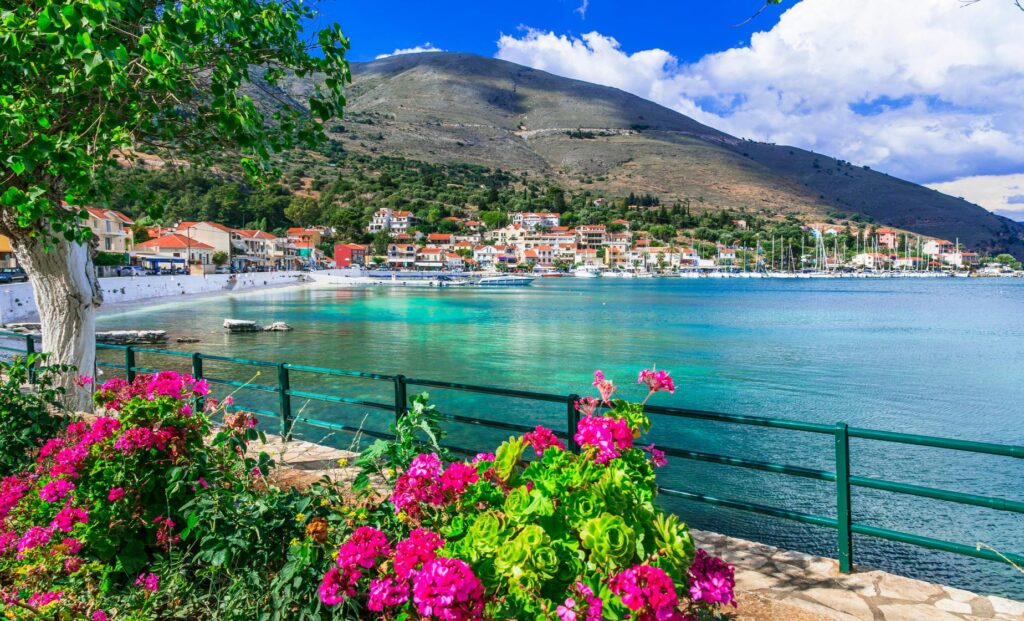
Although Argostoli was completely destroyed in an earthquake in 1953, the town today is lively and stands out for the experiences it offers.
It goes without saying that a walk to Lithostroto, the commercial heart of Argostoli, located next to the church of Agios Spyridon, is a must. The historic Korgialenios Library, with more than 65,000 books and manuscripts, is also of great interest.
Also, don't forget that the Folklore Museum of Argostoli is located in the same area.
Of course, if you're lucky, you might catch the local philharmonic orchestra playing traditional Ionian Island music, while a stroll through Argostoli always ends with a romantic walk on the De Bosset bridge.
Lixouri

Despite the incalculable destruction caused by the earthquake in 1953, which rewrote the history of Kefalonia from scratch, Lixouri—the second largest urban centre of the island—was rebuilt from the ground up, always respecting traditional Ionian Island architecture.
A calm, relaxed place that associated its name with brilliant personalities, Lixouri was the headquarters of the famous Vallianiou Vocational School. This school, having trained many young people from all over Greece, contributed the most to the productive reconstruction of post-war Greece.
Here, even the Iakovateios Library, built in 1866, stands out. Before the great earthquake of 2014, it housed 25,000 volumes of books and precious ecclesiastical relics from the 10th century.
A walk is mandatory to Kipouria, where you can enjoy one of the most beautiful sunsets in Greece.
Melissani Lake
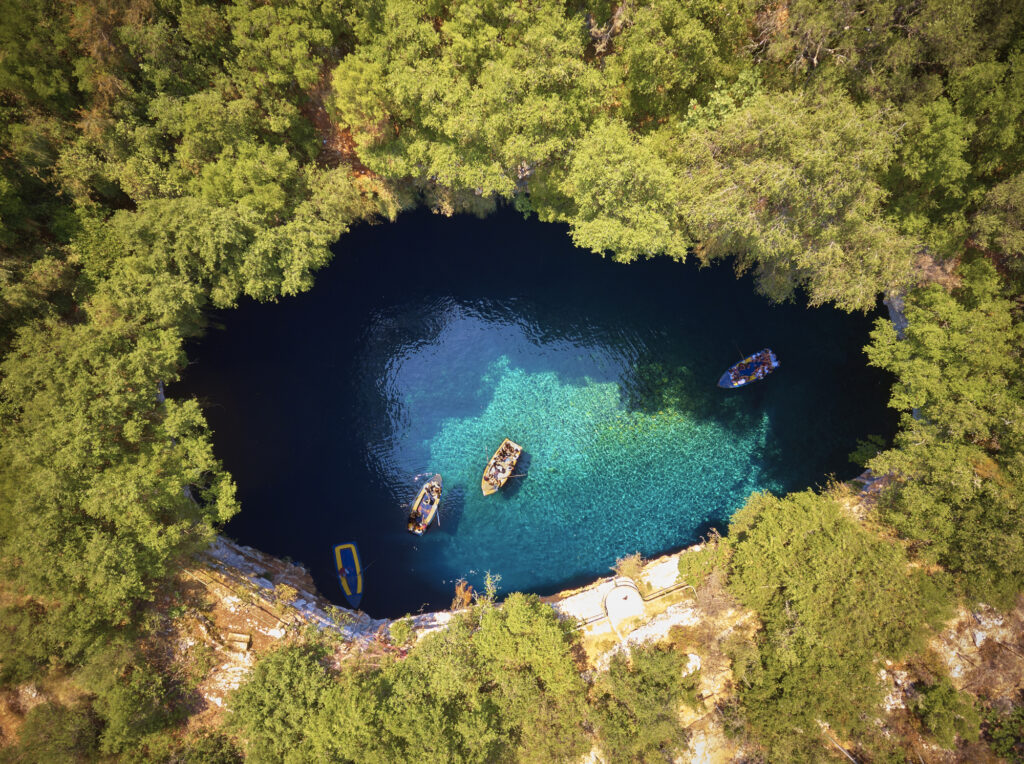
If, for one thing, Kefalonia stands out internationally—beyond, of course, the filming of the movie "The Mandolin of Captain Corelli"—it is because of the Melissani Lake cave.
Impressive and breathtaking, the magical cave was discovered in 1951. After a period of readjustment and controls, it became fully visitable and accessible to the public.
The lake's water depth varies between 10 and 30 metres. The lake cave emerged after a part of the roof collapsed, creating a spectacle of unparalleled natural beauty that only an artist could imagine.
Fiskardo
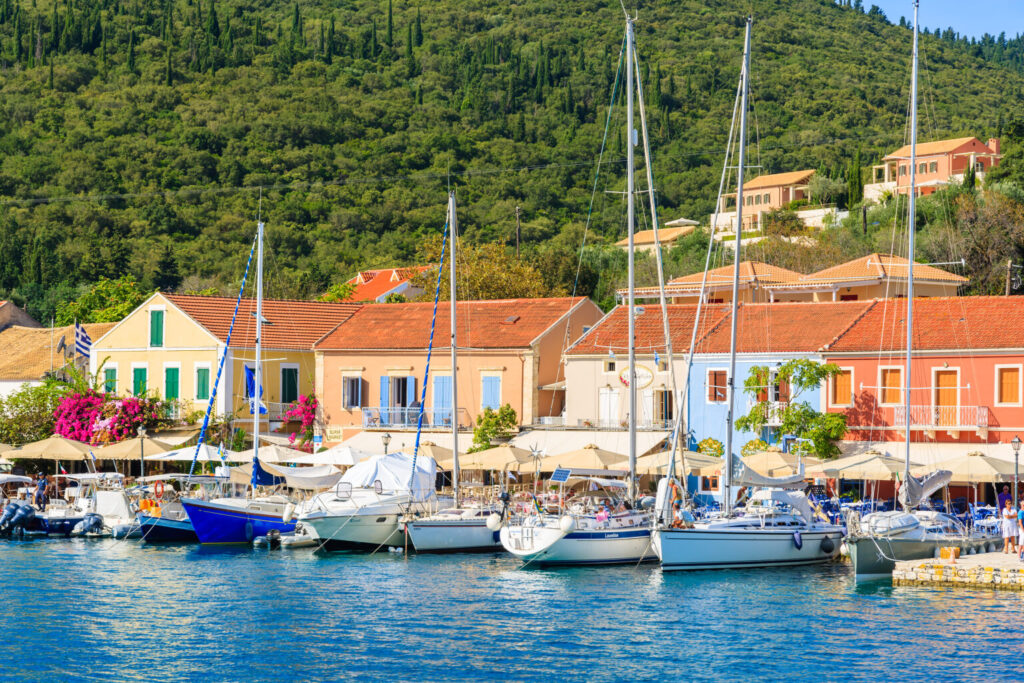
Known as the birthplace of Nikos Kavvadias, Fiskardo, with such a characteristic name, is perhaps one of the few places in Kefalonia that withstood the deadly 1953 earthquake.
Named after a persistent Norman conqueror who passionately besieged the small fishing village, the idyllic Fiskardo, with its traditional two-storey houses with small balconies, stands out as a premium accommodation option while giving us a good insight into the architecture of pre-earthquake Kefalonia.
The Fiskardo lobster pasta must be tried, while the fresh fish soaked in Ionian salt has never disappointed anyone.
Ainos
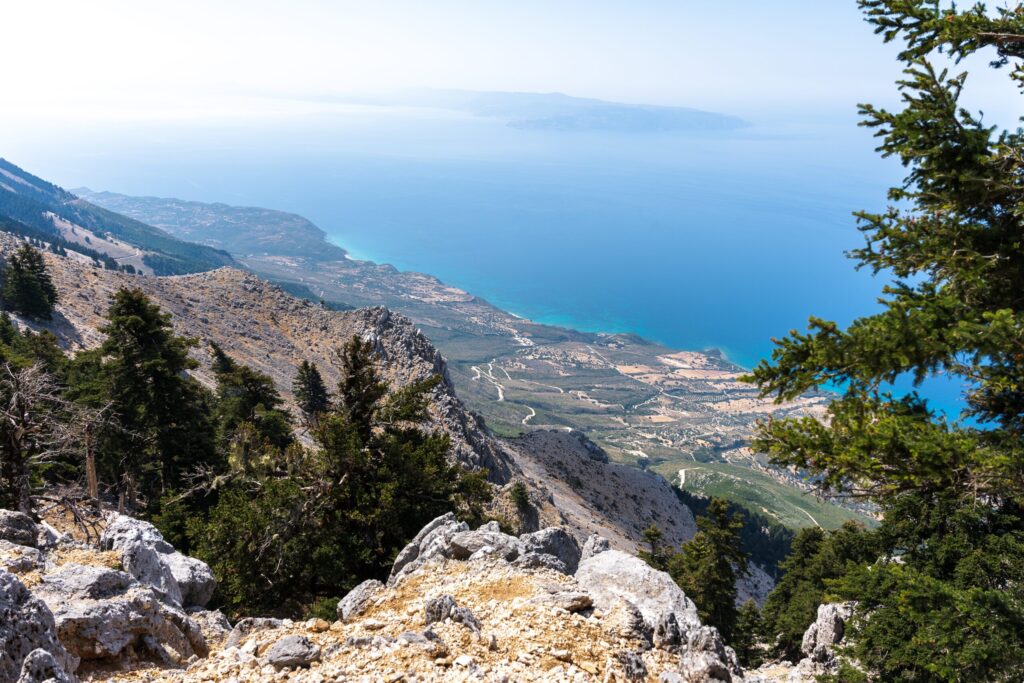
With the highest peak being Mega Soros at 1,628 metres, Ainos is the birthplace of the Kefallinian fir that gives the mountain that deep brown hue, a perfect contrast to the wet, deep island blue.
A mountain unknown to most people from mainland Greece, Ainos harbours several species of wildlife on its slopes, including wild horses.
Thus, it justifiably attracts the interest of ecologists and tourists sensitised to the rescue of the island's wild fauna.
Assos
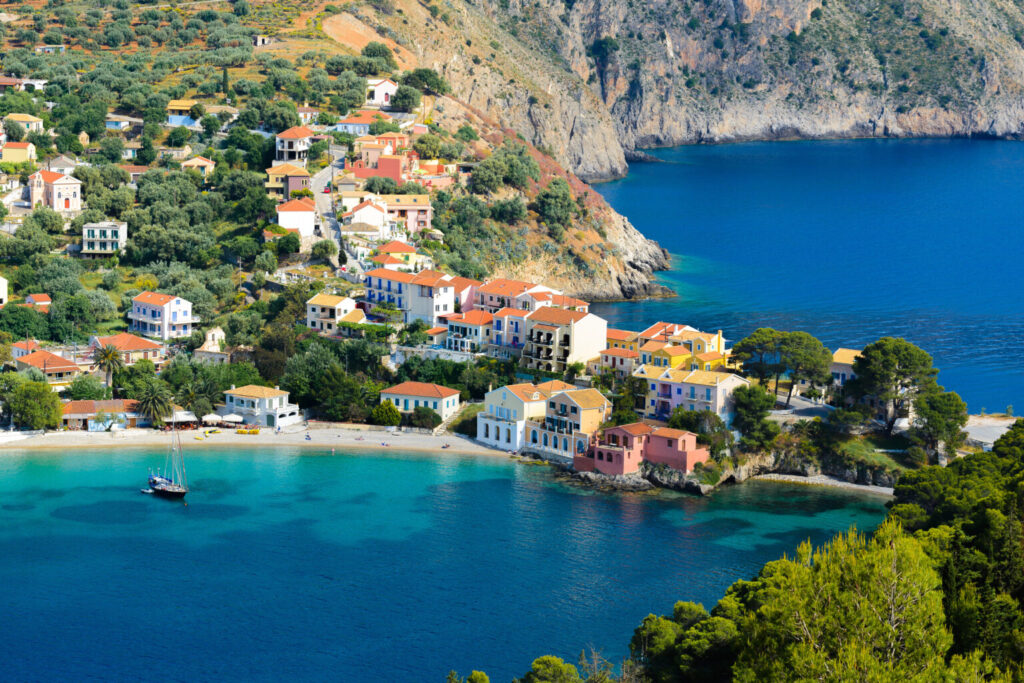
Colourful, picturesque and romantic, Assos is not only one of the most beautiful and picturesque villages in Kefalonia but perhaps in all of Greece.
A real attraction for visitors and a point of reference for the locals who consider it a true jewel for their place, Assos, levelled in the 1953 earthquake, stands out for its cute houses overlooking the deep blue of the Ionian Sea, carrying on its slopes the turbulent history of Kefalonia.
Kourkoumelata
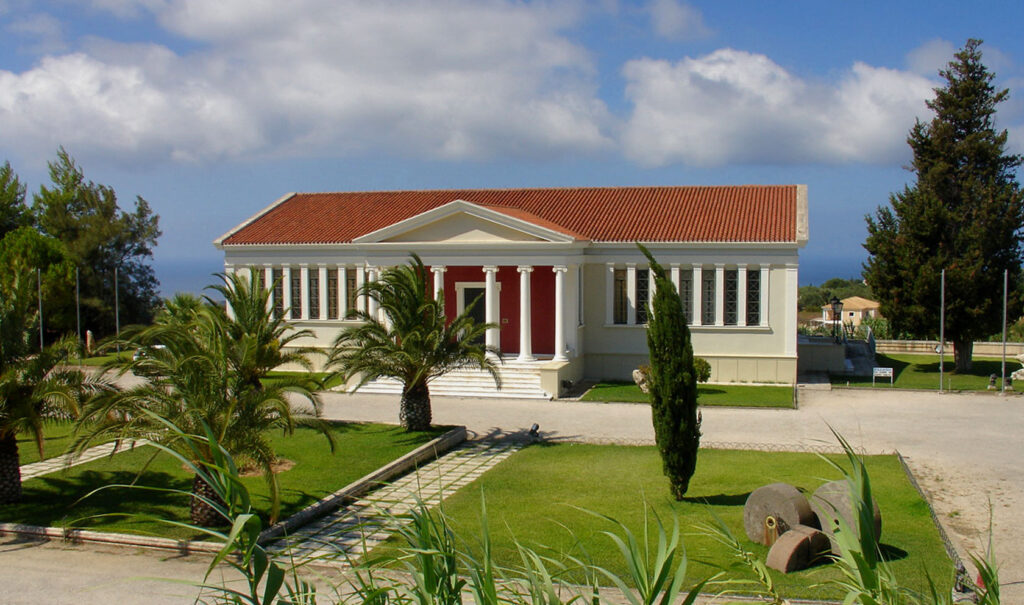
It would not be an exaggeration to say that this small Kefalonian village is one of the most beautiful in Europe.
The village, full of flowers, is enough to make someone want to continue visiting the Kefalonian village once they set foot in it for the first time.
Having been completely destroyed in the 1953 earthquake, the village was rebuilt after a donation from the Vergotis family based on the Swiss village planning scheme.
Today, Kourkoumelata is an impressive village only 10 kilometres from Argostoli.
Yianni Koutroudi is a columnist for Travel. Translated by Paul Antonopoulos.
READ MORE: Gramvousa: The Aegean islet with turquoise waters and a view of Amorgos.

